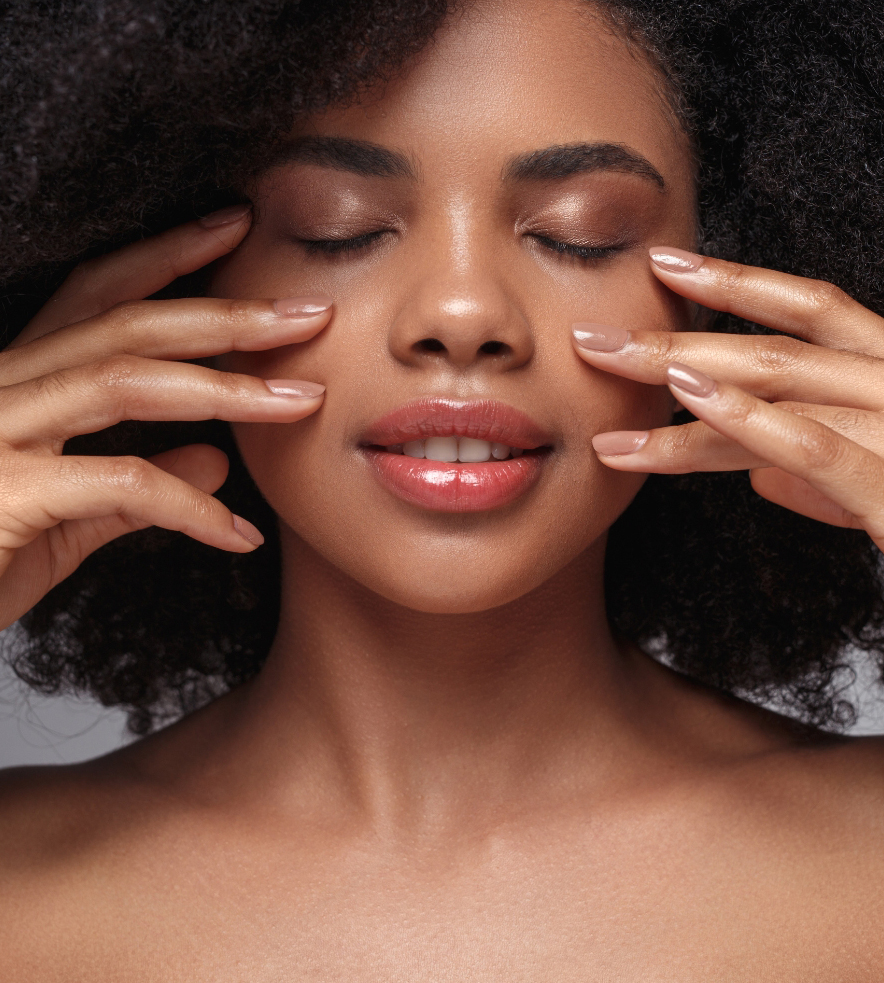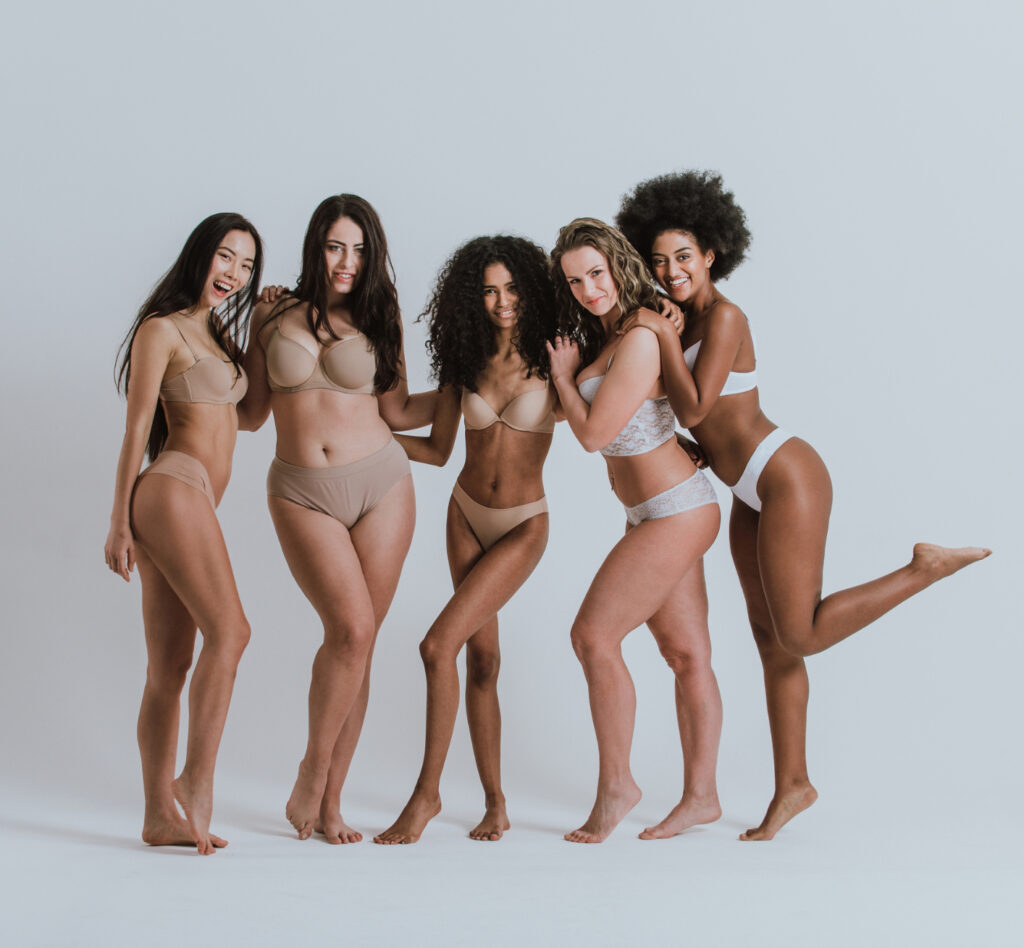The Evolution and Impact of Beauty Standards in our Society: Embracing Diversity and Redefining Real Beauty.
Beauty standards, the prevailing ideals of physical attractiveness in a particular society or culture, have existed throughout human history. These standards often dictate how individuals should look, dress, and present themselves to be considered attractive. However, beauty standards have evolved, reflecting cultural, social, and historical changes. This article will explore the evolution of beauty standards, their impact on individuals and society, and the growing movement to embrace diversity and redefine beauty.


The Evolution of Beauty Standards
Throughout different eras and cultures, beauty standards have undergone significant transformations. Features like clear skin, symmetry, and youthfulness were often admired in ancient civilizations. In some cultures, curvaceous bodies symbolized fertility and were considered attractive, while a slender figure was preferred in others.
Fuller figures were celebrated during the Renaissance as a sign of prosperity and wealth. In the Victorian era, pale skin was highly prized, indicating a person of higher social standing who did not engage in outdoor labour. In the 20th century, beauty standards were influenced by media and Hollywood, promoting slim figures and particular facial features as the epitome of beauty.
As much as we were still in the 20th century, beauty standards have changed tremendously; now, we have many cosmetic surgeries performed on young children; just because of social media, people are trying to all look the same with unrealistic body shapes; we have nothing against cosmetic enhancement not a recreation of being.
But do we pause and consider how this impacts the next generation of young women and men? The long-term health implication on oneself. Historically, the beauty industry wasn’t as advanced as now, but can we pause and think for ourselves and the next generation?
Impact of Beauty Standards
While beauty standards have changed over time, their impact on individuals and society remains significant. Unattainable beauty ideals can lead to negative consequences, including:
Body Image Issues: Unrealistic beauty standards can lead to body dissatisfaction and body dysmorphia, causing individuals to develop a distorted perception of their appearance.
Low Self-Esteem: Constantly comparing oneself to beauty ideals can result in low self-esteem, as individuals may feel inadequate or unworthy if they don’t meet these standards.
Mental Health Challenges: The pressure to conform to beauty ideals can contribute to anxiety, depression, and eating disorders in some individuals.
Discrimination and Exclusion: Beauty standards that favour specific physical traits may perpetuate discrimination against individuals who do not fit into those ideals, creating feelings of exclusion and marginalization.
Embracing Diversity and Redefining Beauty
Recently, a movement has been growing to challenge traditional beauty standards and promote diversity and inclusivity in the beauty industry and media. This movement aims to celebrate and represent the diverse range of beauty in our society, challenging the notion that there is a singular ideal of beauty.
Body Positivity: The body positivity movement encourages people to embrace their bodies, regardless of shape, size, or appearance. It advocates for self-love and acceptance, promoting the idea that all bodies are beautiful.
Inclusive Representation: Brands, media, and fashion industries slowly embrace diverse representation in their advertisements and campaigns, showcasing people of different ethnicities, body sizes, ages, and genders.
Realistic Beauty Standards: Shifting beauty standards to reflect more attainable and diverse portrayals of beauty can help reduce individuals’ pressure to conform to unrealistic ideals.
Self-Expression: Encouraging self-expression through personal style and grooming choices allows individuals to celebrate their uniqueness and embrace their sense of beauty.

Beauty standards have significantly shaped societies’ and individuals’ perceptions of attractiveness throughout history. While these standards have evolved, they influence how we view ourselves and others. However, there is a growing movement to challenge traditional beauty ideals and embrace diversity and inclusivity.
By celebrating individuality, promoting body positivity, and advocating for realistic beauty standards, we can foster a more inclusive and empowering society that embraces the beauty that lies in our uniqueness and diversity.
To download this article please sign up for our Newsletter where we share all upcoming events, happenings & our latest Articles for you to download and keep for free.
SIGN UP BELOW
|



